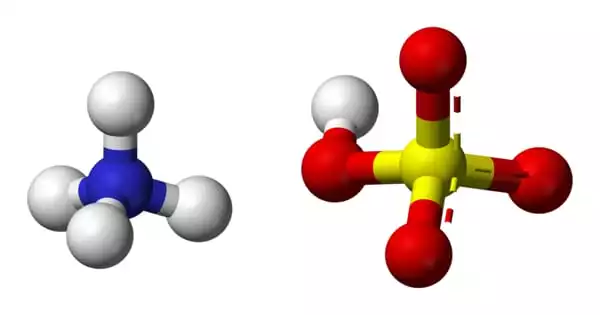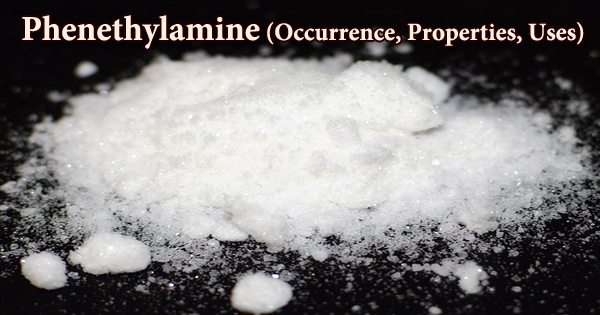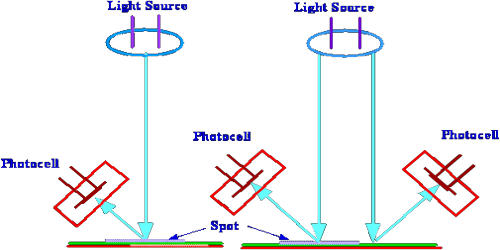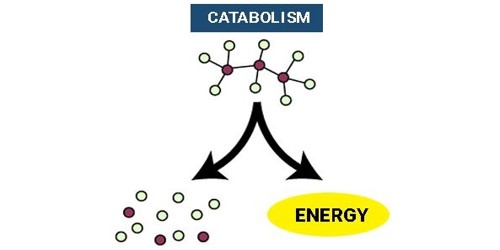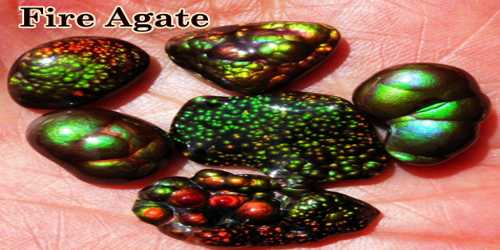Ammonium bisulfate, commonly known as ammonium hydrogen sulfate, is a crystalline white substance with the formula (NH4)HSO4. This salt is formed when sulfuric acid is half-neutralized by ammonia. It dissolves in water. It’s a chemical catalyst that’s used in hair care products. It’s utilized in pharmaceuticals and as a chemical reagent.
Ammonium hydrogen sulfate is a powdery material that is colorless to white. It is poisonous if consumed. It may emit harmful sulfur oxide and nitrogen oxide gases when heated to high temperatures. It precipitates at the operating temperatures of air heaters, causing fouling and clogging.
Properties
This is one of several salts that can result from the reaction of ammonia and sulfur-containing gases, most notably sulfur trioxide. This substance is commonly found in the overhead of crude distillation units and is highly corrosive to steel equipment. Chemical corrosion inhibitors are frequently used to control ammonium bisulfate corrosion.
- Formula Weight: 115.10
- Form: Lump
- Melting point: 146.9°C
- Boiling point: 350 °C
- Storage & Sensitivity: Hygroscopic, Ambient temperatures.
- Solubility: Soluble in water (~115.1 mg/ml at 20°C).
- Insoluble in acetone, alcohol, and pyridine.
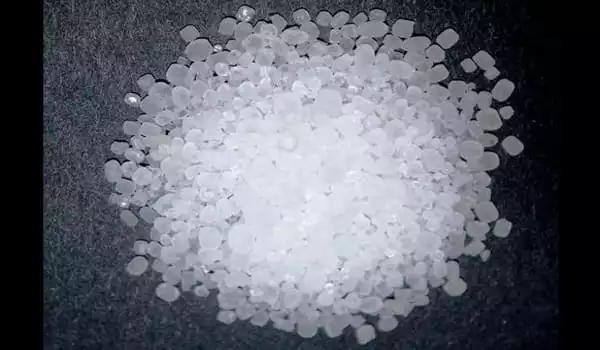
Production
It is commonly collected as a byproduct of the “acetone cyanohydrin route” to the commodity chemical methyl methacrylate.
It can also be obtained by hydrolysis of sulfamic acid in an aqueous solution, which produces the salt in high purity:
H3NSO3 + H2O → [NH4] + [HSO4]–
It also arises by the thermal decomposition of ammonium sulfate:
(NH4)2SO4 → (NH4)HSO4 + NH3
Applications
Ammonium bisulfate is a preservative in paper pulp and a component of hair-wave treatments. It can be neutralized further with ammonia to produce ammonium sulfate, a valuable fertilizer. Although sodium bisulfate is far more common, it can be used as a lesser substitute for sulfuric acid.
Natural occurrence
A related compound of the (NH4)3H(SO4)2 formula, occurs as the rare mineral letovicite, known from coal fire environments.
Health Hazard
Toxic; inhaling, ingesting, or coming into contact with the material may result in severe harm or death. Contact with hot material can result in serious burns to the skin and eyes. Any skin contact should be avoided. Contact or inhalation effects may be delayed. Fire can emit irritant, corrosive, and/or poisonous gases. Firefighting or diluting water runoff can be caustic and/or poisonous, resulting in pollution.
